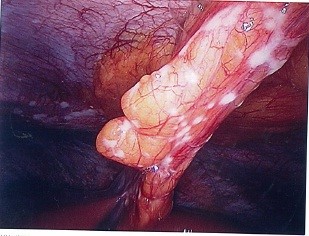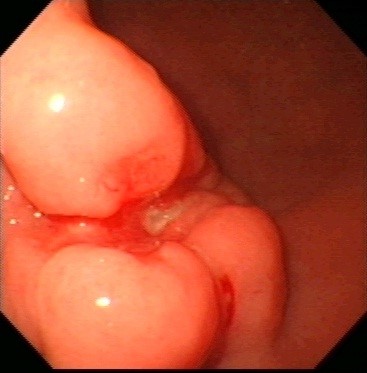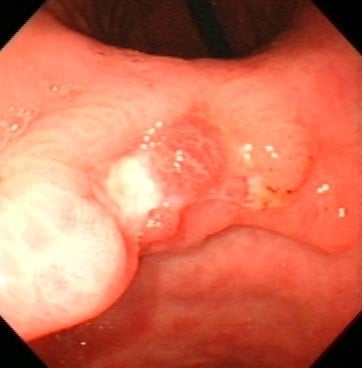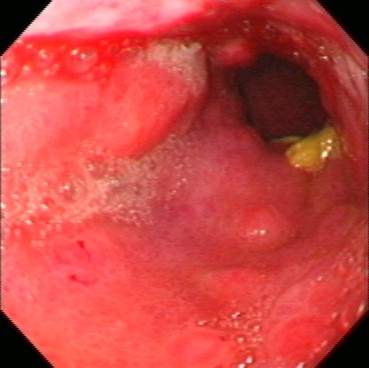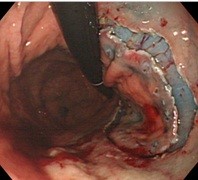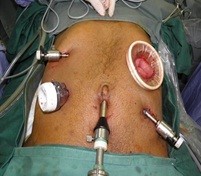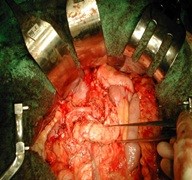If you experience any of the symptoms mentioned, the doctor may refer you to see a specialist after asking about your personal and family medical history and a physical examination.
The following tests are used to diagnose Gastric Cancer (Stomach Cancer):
- Endoscopy
- Barium X-ray
- Computed Tomography Scan (CT Scan)
- Endoscopic Ultrasound (EUS)
- Diagnostic Laparoscopy
Endoscopy
Your doctor uses an endoscope (a flexible tube with a miniature camera attached to the end) to look directly at the stomach. If necessary, the doctor can take a small sample of the tissue (a biopsy) to be examined. This is inserted through the mouth into the stomach.
Barium X-Rays
You will have to swallow a liquid containing Barium (Barium is a metallic compound that shows up in X-rays). X-ray pictures will then be taken when the Barium flows down to the stomach and reveals the structure and abnormalities of the stomach. The test will take about 15 minutes and it is not painful. If a cancer is found, other tests are required to find out whether it has spread to other organs.
Computed Tomography Scan (CT Scan)
An X-ray that produces detailed cross-sectional images of your body, the Computed Tomography scan (CT scan) takes many pictures as it rotates around you. These pictures are then combined into images of slices of the part of your body being studied by a computer.
The stomach can be viewed fairly through the CT scan and can often confirm the location of the cancer. The CT scan can also show organs near the stomach such as the liver, lymph nodes, and distant organs where the cancer might have spread. The CT scan can help determine the extent or stage of cancer and indicate whether surgery may be a good treatment option.
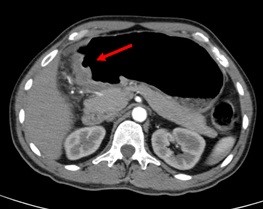
Endoscopic Ultrasound (EUS)
During an EUS, a small transducer is placed on the tip on an endoscope. You will then be sedated as the endoscope passes down your throat and into your stomach. The transducer will then rest directly on your stomach wall where the cancer is.
Through an EUS, layers of the stomach wall as well as the nearby lymph nodes and other structures just outside the stomach can be seen. An EUS typically has better picture quality than a standard ultrasound due to the shorter distance the sound waves take to travel.
An EUS is most useful in determining how far a cancer may have spread into the stomach wall, nearby tissues, or nearby lymph nodes. It can also be used to extract tissue samples.
Diagnostic Laparoscopy – Peritoneal Metastasis from Gastric Cancer (Stomach Cancer)
A diagnostic laparoscopy is typically performed in an operating room with the patient under general anaesthesia. A laparoscope (a thin, flexible tube) is then inserted through a small surgical opening in the patient's side.
The laparoscope has a small video camera attached to its ends, which allows pictures of the inside abdomen to be sent to a TV screen. Through these pictures, surfaces of the organs, nearby lymph nodes, and even extraction of small tissue samples can be obtained.
If cancer does not seem to have been detected, sometimes, a "washing" of the abdomen with saline (salt water) will be done. The fluid will then be removed and checked for cancer cells. This helps to check if the cancer has spread, even if it was failed to be captured by the laparoscope.
Sometimes, a laparoscopy is combined with ultrasound to provide a clearer picture of the cancer.
